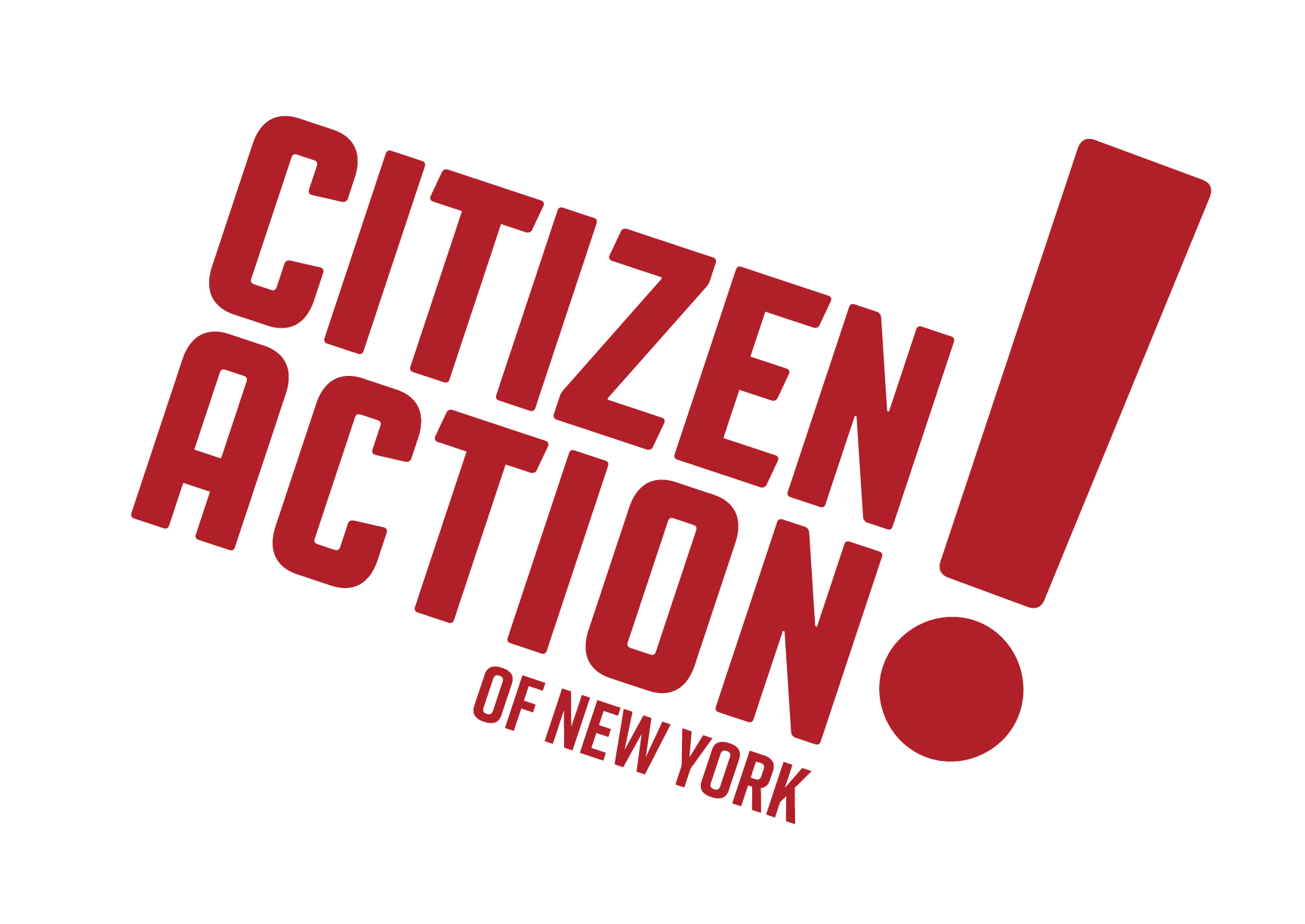3-Year-Olds Only; No Money for Child Care
Thousands of 3- and 4-Year-Olds Across New York
Still Wait for a Seat in Pre-K
ALBANY (April 1, 2016) – In response New York State’s 2016 budget plan for pre-K and child care, the Ready for Kindergarten, Ready for College released the following statement.
The state has wisely increased its investment in full-day pre-K for a fourth year in a row, adding $22 million in new funds to the enacted budget to create new seats for three-year-olds. That investment will add a second year of pre-K for a growing number of children, which is known to be more effective than just a single year. This funding will only go to districts that already have pre-K for 4-year-olds.
The budget also includes $2 million to support quality enhancements for early learning programs. These investments are vital as evidence shows that quality early education can be a game-changer for children, putting them on the path to success in school and beyond.
Given that evidence, we are deeply disappointed that the Governor failed to make any progress on his promise to provide pre-K for all 4-year-olds. There are still 89,000 4-year-olds waiting for a full-day seat outside of New York City. In 2014, the Governor promised to provide full-day pre-K to all the state’s 4-year-olds. There would be a “blank check,” the Governor said, for districts that came forward with a plan. But the funding still falls far short of the demand, with scores of districts shut out, even though they put forth a solid plan to add pre-K for 4-year-olds.
We also find it unconscionable that state leaders failed to make a significant new investment in child care subsidies, which also provides access to early learning. The Assembly did include $75 million for child care subsidies for 10,000 children. But the investment was blocked by the Governor and Senate Majority Leader, which is particularly startling given the urgent need that was highlighted during the budget hearings. This leaves tens of thousands of eligible children without access to child care. Currently, only 22 percent of the children eligible for a child care subsidy get one.
“The additional $22 million for pre-K in the state’s enacted budget is welcomed news for the state’s three-years-olds and it is a good next step toward establishing pre-K as the foundation for a sound, basic education in New York,” said Betty Holcomb, Policy Director for the Center for Children’s Initiatives. “The evidence shows there is no better educational or economic investment that public officials can make than one in quality early learning. Graduates of quality pre-K are more likely to be reading on grade level by third grade – one of the strongest indicators of success in school. But the lack of investment in seats for 4-year-olds is disturbing. Both 3- and 4-year-olds need and deserve an investment in pre-K.”
“Pre-K programs are essential to overcoming inequity in schools and inequality in life,” said Karen Scharff, Executive Director of Citizen Action of New York. “While this increase will help some children, it’s hard to understand how New York can still leave tens of thousands of New York’s youngest kids behind.”
“This increase in funding for pre-K will serve a small number of 3-year-olds,” said Jasmine Gripper, Legislative Director and Early Childhood Education Advocate for the Alliance for Quality Education. “There are so many 4-year-olds still waiting for a seat in a full day pre-K classroom. This enacted budget means the majority of 3- and 4-year-olds in New York State will continue to go without universal pre-K. We continue to encourage the Governor to keep his 2014 promise of universal full-day pre-K for all in the coming years.”
Lastly, portions of the $175 million for community schools can go toward pre-K programs. So while this money is not earmarked for pre-K, schools that accept the money may use it for early learning. This will allow districts the flexibility necessary to expand their early education services.
Ready for Kindergarten, Ready for College is a coalition of groups comprised of the Alliance for Quality Education, the Center for Children’s Initiatives and Citizen Action of New York.
###
